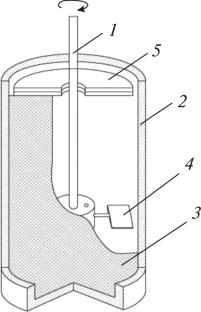The results of studying the regularities of destruction and their influence on the wear resistance of low-alloy 65G and 28MnB5 steels when moving in different types of soil are presented. It has been established that the effect of soil type on destruction and wear resistance ε is controlled by rheological-fatigue parameter Rf, which plays a leading role in the strength base of the wear mechanism of low-alloy steels. In the process of wear, residual tensile stresses of a plastic-destructive nature are formed on the working surface of the steel, the lowest value of which is observed after testing in sandy loam, and the highest in light clay. Consequently, the relaxation of stresses by the mechanisms of plastic deformation and destruction in sandy loam is more intense than in average loam and light clay. The following correlation has been established: the higher the level of residual stresses, the higher the rheological-fatigue parameter and wear resistance of steel. In the studied soil types, the leading role is played by stress relaxation mechanisms in the area of low-cycle fatigue. Therefore, the mechanical component of interaction with the soil is dominant in the formation of the structural-phase state of the surface layers of steels. The damage of low-alloy steels in soil is mixed and includes three main forms of abrasive wear: mechanical, mechanical fatigue, mechanochemical. In all studied soil types, the mechanical fatigue form of abrasive wear plays a leading role. Therefore, an increase in the wear resistance of low-alloy steels must first of all be associated with the elimination of active low-cycle fatigue phenomena on the wear surface. The formation of secondary structures during wear in the soil contributes to a decrease in the absorption of irreversible energy by the metal, and, consequently, to an increase in its wear resistance.



